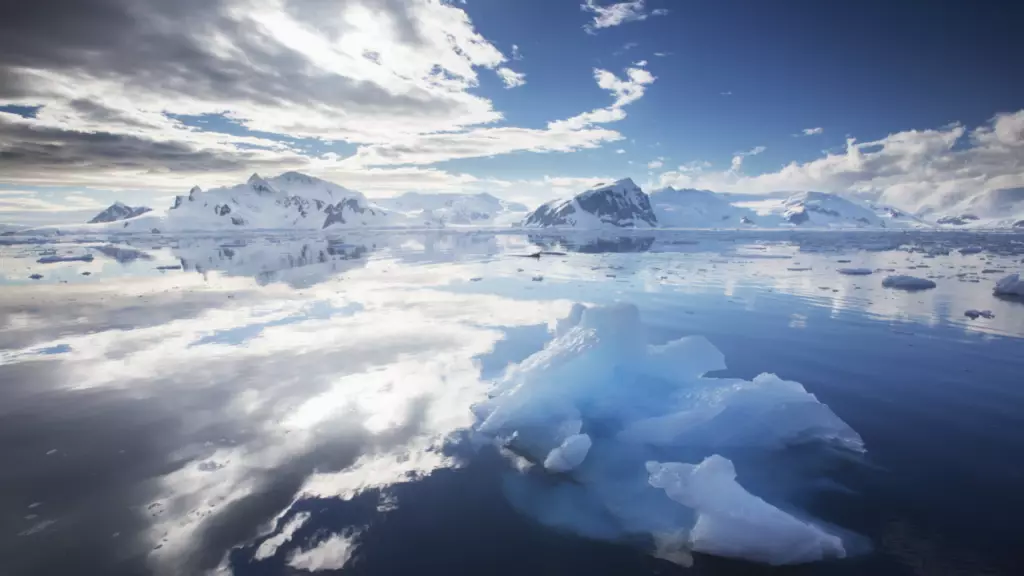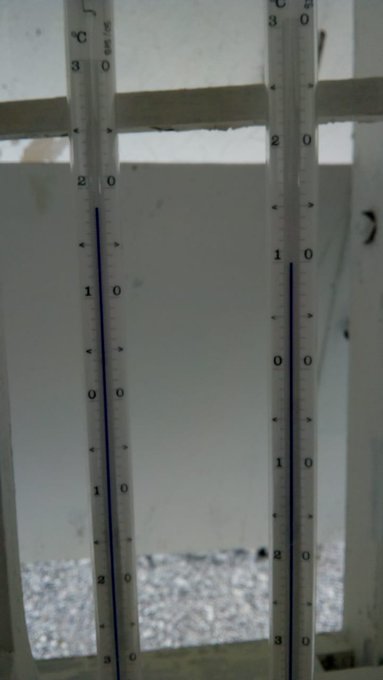
The temperature in the Antarctic has registered a reading of more than 20°C for the first time ever on record, having been logged by Brazilian scientists on Seymour Island on 9 February.
The temperature of 20.75°C smashes the previous record of 19.8°C, which was taken on Signy Island in January 1982, coming in at nearly an entire degree higher.
The news follows a similarly worrying record broken just days beforehand, when Argentinian scientists logged the hottest temperature ever on the continental Antarctic peninsula - which is not classed as the same area of Antarctica that Seymour Island is part of - reporting a reading of 18.3°C at Esperanza Base, a research station in Hope Bay.
Advert
Argentina's meteorological agency, SMN Argentina, tweeted news of the new record last week.
"At midday Esperanza Base recorded a new historic temperature record (since 1961) of 18.3 degrees Celsius," the agency posted.
Advert
"This temperature beat the previous record of 17.5 degrees Celsius recorded on March 24 2015."
The two new records will need to be checked by the World Meteorological Organisation for their accuracy, but the scientists who collect the data every three days have already described the findings as 'incredible and normal', according to The Guardian.
The figures are also in line with a broader trend on both the peninsula and the nearby islands - where temperatures have increased by almost 3°C since the pre-industrial era.
Advert
Carlos Schaefer, who works on Terrantar - a Brazilian government project monitoring the impact of climate change on permafrost and biology at 23 sites in the Antarctic - told The Guardian: "We are seeing the warming trend in many of the sites we are monitoring, but we have never seen anything like this."
He said the temperature on the peninsula, the South Shetland Islands and the James Ross archipelago (which Seymour Island is part of) has been erratic over the past two decades, having warmed rapidly after cooling in the first decade of this century.
Scientists believe the changes appear to have been influenced by shifts in ocean currents and El Niño events - when the surface waters in the central and eastern Pacific Ocean become significantly warmer than usual.
Scientists on the Brazilian Antarctic programme said: "We have climatic changes in the atmosphere, which is closely related to changes in permafrost and the ocean. The whole thing is very interrelated."
Topics: Environment, World News, News
